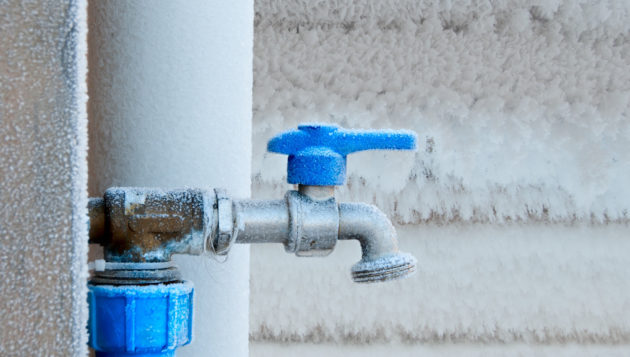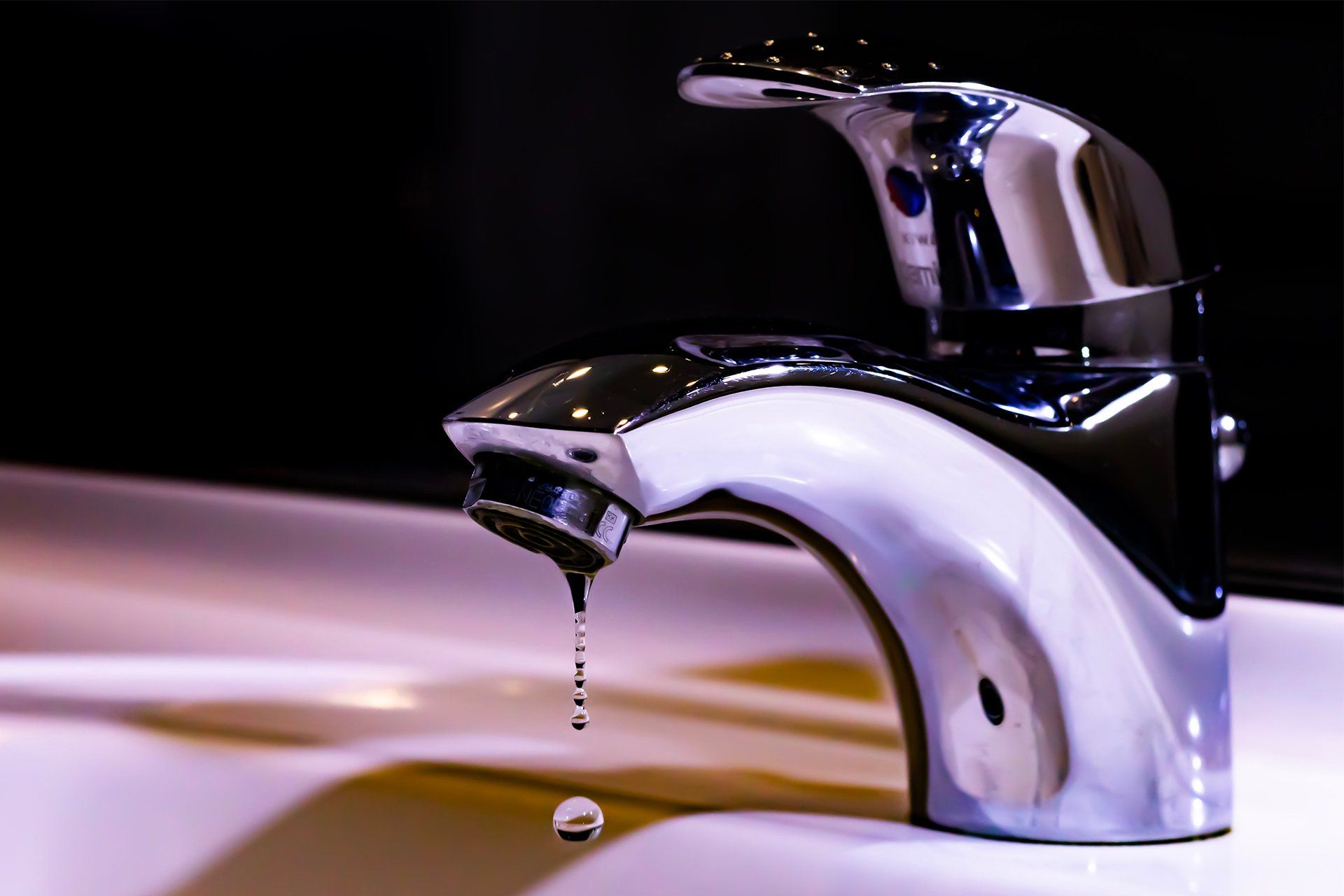Your Top Winterizing Strategies: Several Approaches to Prevent Pipe Bursts
Your Top Winterizing Strategies: Several Approaches to Prevent Pipe Bursts
Blog Article
They are making a few great pointers related to Winterizing Your Pipes overall in the article which follows.

All house owners that live in warm environments need to do their finest to winterize their pipes. Failure to do so can lead to catastrophe like frozen, cracked, or ruptured pipelines.
Switch on the Faucets
When the temperature level drops as well as it seems as if the freezing temperature level will last, it will assist to turn on your water both inside your home as well as outdoors. This will certainly maintain the water streaming through your plumbing systems. You'll finish up throwing away gallons of water this method.
Open Up Closet Doors Hiding Plumbing
It would be valuable to open up cabinet doors that are concealing your pipelines when it's cold outside. As an example, they could be somewhere in your kitchen area or washroom. This will enable the warm air from your heating unit to circulate there. Because of this, you stop these revealed pipes from cold. Doing this tiny technique can keep your pipelines warm and also limit the possibly harmful end results of freezing temperature levels.
Take Some Time to Wrap Exposed Water Lines
One easy and also clever hack to heat up icy pipelines is to cover them with warm towels. You can cover them first with towels. After protecting them in position, you can pour boiling water on the towels. Do it slowly to allow the towels take in the liquid. You can also make use of pre-soaked towels in hot water, simply do not neglect to put on safety gloves to safeguard your hands from the heat.
Try a Hair Clothes Dryer or Heat Weapon
When your pipelines are nearly freezing, your trusty hair clothes dryer or warm gun is a blessing. If the warm towels do not help dislodge any settling ice in your pipes, bowling warm air straight right into them may help. You may finish up damaging your pipes while trying to thaw the ice.
When Pipelines are Frozen, shut Off Water
If you notice that your pipelines are totally icy or almost nearing that stage, turn off the major water valve instantly. You will usually locate this in your basement or utility room near the heating system or the front wall closest to the street. Transform it off today to prevent further damages.
Don't forget to shut exterior water resources, too, such as your hookup for the yard home. Doing this will certainly prevent additional water from filling your plumbing system. However, with even more water, more ice will pile up, which will eventually bring about burst pipes. It is best to call a specialist plumber for an inspection if you are uncertain regarding the state of your pipes this winter months. Taking this proactive method can save you hundreds of bucks in repairs.
All property owners that live in temperate environments need to do their finest to winterize their pipes. Failure to do so can spell disaster like icy, split, or burst pipelines. If the hot towels do not aid remove any kind of clearing up ice in your pipes, bowling warm air directly right into them may aid. Turn off the main water valve instantly if you discover that your pipes are completely icy or practically nearing that stage. With even more water, even more ice will certainly pile up, which will at some point lead to break pipes.
PREVENT YOUR PIPES FROM FREEZING THIS WINTER
A Leading Cause of Property Damage
When the weather is taking a deep nose dive into the cold dreary days, the risk of your pipes freezing and potentially bursting skyrockets. Unfortunately, during these cold dreary months, burst pipes are the most common denominator for property damage. The pipes that are most at the risk are those that are in areas where it is most cold in your home. For instance, pipes located in interior places such as basements, attics, and your garage. Unfortunately, that doesn’t mean that the pipes running through your cabinets or exterior walls can’t freeze. Good news, however, is that you can do things to help prevent pipes from freezing.
How to Prevent Pipes From Freezing
Once the temperature starts to drop during the winter, you should be taking the proper measures needed to ensure that your pipes stay warm and that there is circulation of water through them. Some steps that experts may recommend could go against your better judgement when it comes to saving water and heat. However, it would go without saying that when expenses are compared, damaged pipes could put a bigger dent in your wallet than a water bill.
What Can I Do?
Keep your garage door closed. This is very important, especially if you have water supply lines running through your garage. Open your kitchen and bathroom cabinets to allow warm air to circulate through them. Allow air circulation throughout your home. Keeping the interior doors open will once again allow the warm air to circulate inside your home. Ensure your thermostat is running the same temperature throughout the night and day. If you plan to be away from home during the cold months, set your temperature no lower than 55° F. This should provide enough heat to keep the pipes warm and prevent any remaining water inside the pipes from freezing. For more of a long-term solution, add insulation to attics, basement, and other crawl spaces around your home. By allowing your faucet to drip, it will alleviate pressure in the system. This is important because the pressure that is created between the blockage and the faucet can potentially cause the pipes to burst. Allowing the faucet to drip will prevent the pressure from building up, therefore keeping the pipes from bursting. Seal any cracks, openings, and crawl spaces around your home to prevent cold air from coming inside. This keeps your pipes-not to mention your home-warmer and less susceptible to issues caused by freezing temperatures. For the pipes in your home that are easily accessible, applying electrical tape to them might prevent them from freezing over. This is a quick fix, as you can apply the tape directly to the pipe. There are two options for heating tapes. One turns on and off by itself when it senses heat is needed. The other type of heating tape needs to be applied when heat is needed and removed when not necessary. If you have exposed pipes in your home, you can check this website to take a look at a few options that would be available at a shop near you.

I came across that blog post about Prevent Freezing and Bursting Pipes while doing research the search engines. Sharing is nice. Who knows, you may very well be doing someone a favor. Thanks a lot for taking the time to read it.
Visit Our Site Report this page